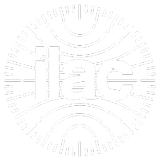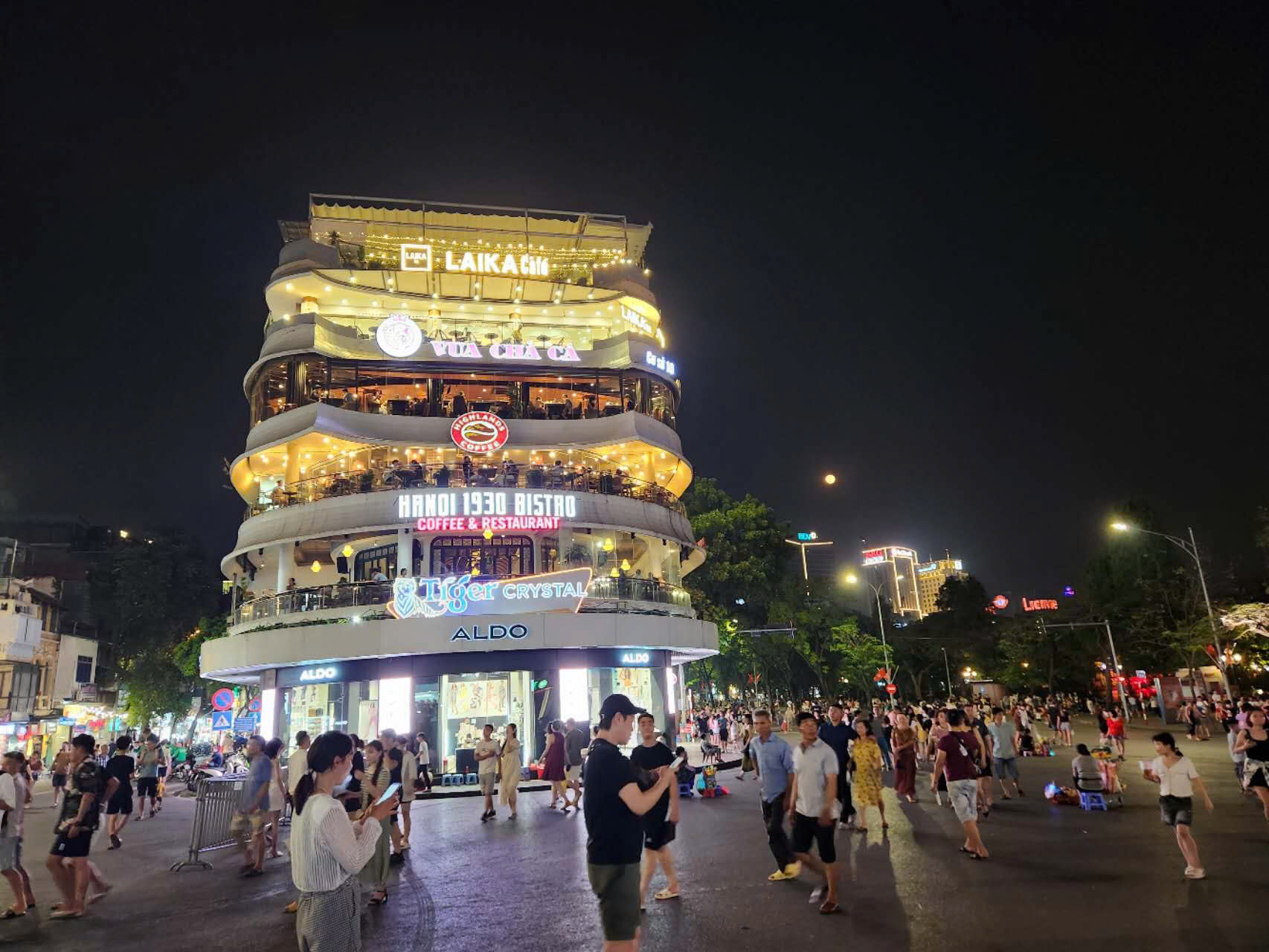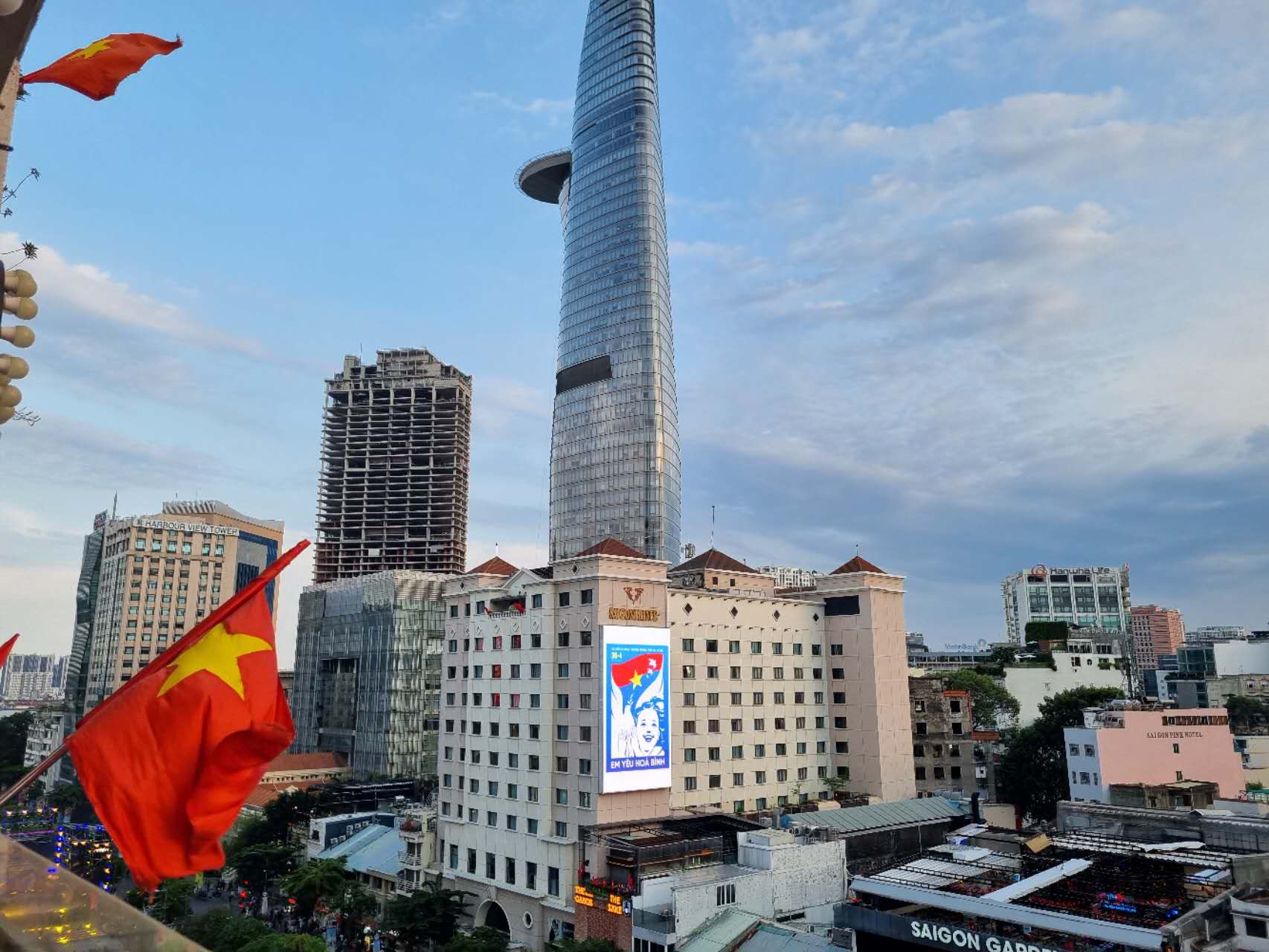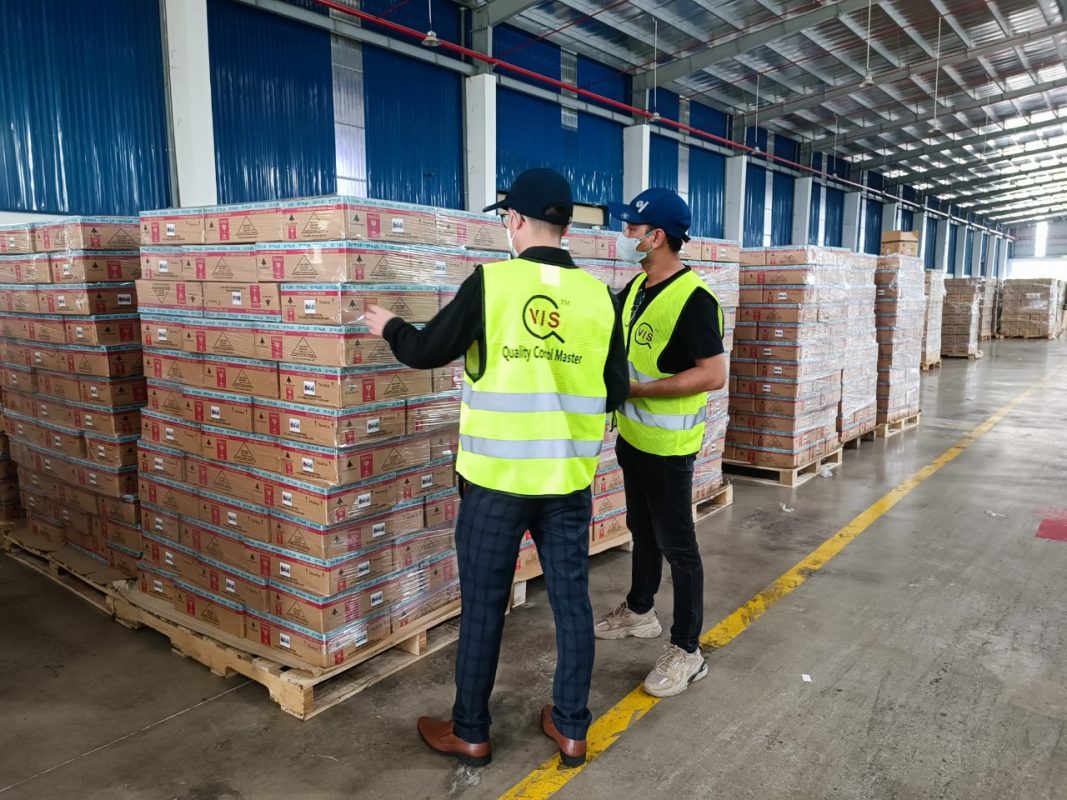Inspection News
Exploring the types of inspection in Quality Control
Quality control is an essential aspect of every organization’s operations as it ensures that products not only meet specific quality criteria but also fulfill customer requirements. Achieving this requires the implementation of various quality control activities, such as meticulous inspection and thorough testing. In this article, we will delve into the different types of inspection and explore their significance in upholding product quality standards.
What is Quality Control?
According to Wikipedia, “Quality control (QC) is a process by which entities review the quality of all factors involved in production”.
Quality Control (QC) plays a vital role in ensuring top-notch products and processes. It involves thorough inspection and testing to ensure that everything meets specific standards and requirements. Think of it as a diligent guardian that keeps a watchful eye, checking every step to catch any potential issues or flaws. By implementing QC measures, businesses can proactively address concerns, eliminate defects, and deliver exceptional quality. It’s like having a dedicated quality checkpoint that ensures customer satisfaction and builds a strong brand reputation.
The Role of a Quality Inspector
Quality inspectors are critical in ensuring that products meet high-quality standards and are produced in compliance with established regulations. Their responsibilities may vary depending on whether they are employed by the company or hired from a third-party agency for specific purposes, such as quality inspections.
The duties of a quality inspector typically include the following:
- Establishing quality standards for all products and services provided by the company.
- Creating and communicating rules for standards to relevant staff, ensuring the maintenance of quality levels.
- Developing clear documentation outlining all standards to serve as references for employees.
- Collaborating with management-level employees to ensure adherence to new standards and compliance with relevant regulations.
- Conducting random quality inspection checks on products or services to assess quality levels.
- Reading and understanding blueprints and specifications, monitoring and observing operations to ensure compliance with production standards.
- Recommending adjustments to the manufacturing process, inspecting, testing, or measuring materials used in final products, accepting or rejecting finished items, removing products and materials that fail to meet specifications, and reporting all inspection and test data.
- Analysis of Quality Inspection Reports
AQL Sampling Method in Quality Inspections
During quality inspections, inspectors often employ the AQL (Acceptable Quality Limit) sampling method. AQL is a cost-effective sampling technique defined by the ISO 2859-1 standard. It helps inspectors determine the maximum acceptable number of defective units for inspecting a production batch.
The AQL sampling method provides an efficient means of evaluating production batches, ensuring that they meet quality standards. Inspecting individual units would be time-consuming and resource-intensive, making the AQL sampling method widely used in quality control inspections.
Exploring the Types of Inspections
In quality control, various quality inspections are conducted to ensure product quality. The most common types include:
Pre-Production Inspection (PPI)
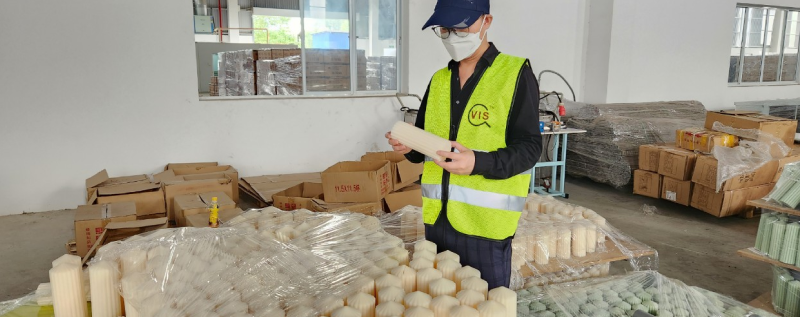
A PPI is conducted before the production process begins and focuses on assessing the quantity and quality of raw materials and components. It ensures that these materials align with the relevant product specifications. A PPI is particularly beneficial when working with new suppliers or for critical contracts with specific delivery dates. It helps establish clear communication between the buyer and the supplier regarding production timelines, shipping dates, and quality expectations.
During Production Inspection (DPI)
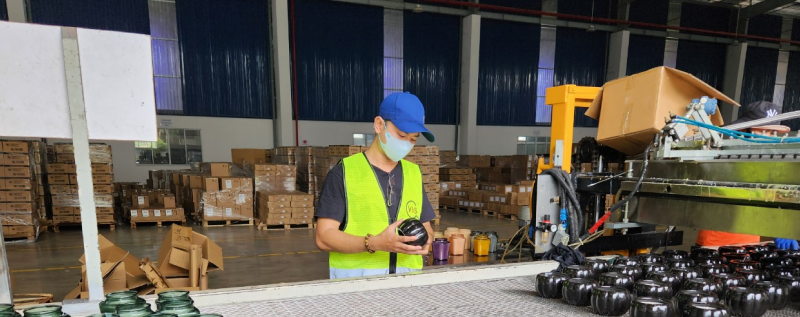
Also known as DUPRO (During Production), a DPI is performed while Production is ongoing. This inspection is especially valuable for products in continuous Production with strict requirements or when quality issues have been identified during a pre-production inspection. Conducted when approximately 10-15% of units are completed, the DPI identifies deviations, provides feedback, and ensures that any defects have been rectified. It verifies that quality and compliance with specifications are consistently maintained throughout the production process, enabling early detection of issues and minimizing delays and rework.
Pre-Shipment Inspection (PSI)
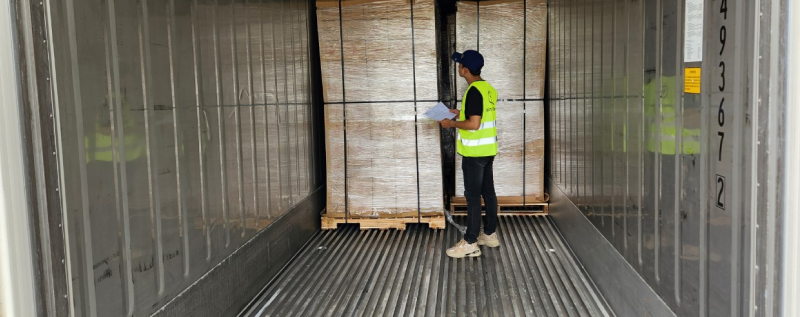
Pre-shipment inspections (PSI) are crucial in quality control. These inspections are conducted on finished products when at least 80% of the order has been packed for shipping. Random samples are selected and inspected for defects based on relevant standards and procedures. The PSI ensures that Production aligns with the buyer’s specifications and serves as a final checkpoint before products are shipped. It assures the product meets the required standards and avoids potential quality issues upon delivery.
Container Loading/Unloading Inspections (LS)

Container loading and unloading inspections are essential to ensure that products are handled correctly during transportation. Inspectors supervise the entire loading or unloading process, verifying the condition of the shipping container and ensuring compliance with product information, quantities, and packaging requirements. These inspections contribute to the safe delivery of products to their final destination.
In addition to these types of inspections, there is a piece-by-piece or 100% inspection procedure where each item undergoes a thorough examination to evaluate various variables such as appearance, workmanship, function, and safety. This inspection is particularly useful for goods that require strict compliance with specifications or involve high-value items, often necessitating a 100% inspection service.
Conclusion: Exploring the types of inspection in Quality Control
Quality inspections are vital to quality control, allowing organizations to assess product quality and comply with specifications. Pre-production, during production, pre-shipment, and container loading/unloading inspections serves specific purposes in quality control and supply chain management. By employing these inspections, businesses can ensure that their products meet the required quality standards and fulfill customer expectations.
When conducting quality inspections, especially with overseas suppliers, partnering with a trusted third-party inspection company can provide numerous benefits. VIS is a leading inspection agency with extensive experience in quality assurance. We offer comprehensive inspection services tailored to meet your specific needs, optimizing the quality control process for your business. Contact us today to learn more about how we can assist you in ensuring product quality and compliance.
